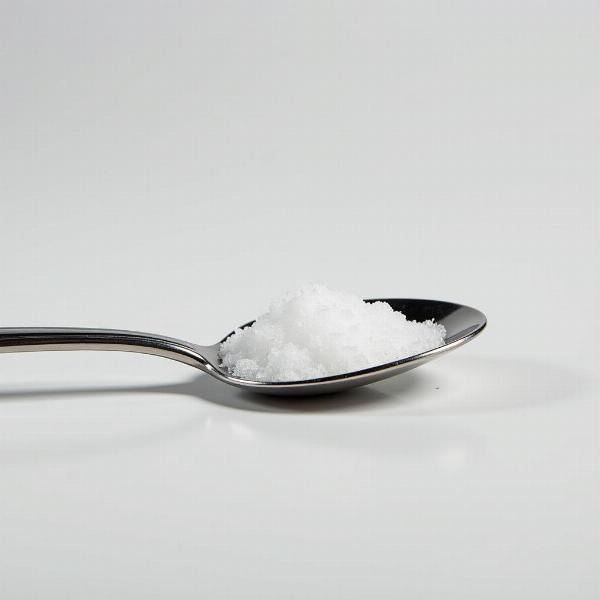The search for the “tiniest meaning in Hindi” often stems from a desire to express the concept of smallness, minuteness, or insignificance in a nuanced and culturally relevant way. Whether you’re translating a document, writing a story, or simply trying to communicate effectively, finding the right Hindi equivalent is crucial. This article delves into the various ways to express “tiny” in Hindi, exploring synonyms, cultural contexts, and practical examples to help you master this seemingly simple yet multifaceted concept.
Exploring Hindi Equivalents for “Tiny”
Hindi offers a rich vocabulary to capture the essence of “tiny.” While the direct translation might seem straightforward, understanding the subtle differences between these words can greatly enhance your communication.
-
छोटा (chhota): This is the most common and versatile word for “small.” It can be used in a wide range of contexts, from describing physical size to abstract concepts like a small amount or a short duration.
-
नन्हा (nanha): This word carries a connotation of cuteness and is often used to describe babies, children, or small animals. It emphasizes the endearing quality of smallness.
-
सूक्ष्म (sookshm): This term refers to something extremely small, often invisible to the naked eye. It’s appropriate for describing microscopic organisms, fine particles, or subtle details.
-
अल्प (alp): This word denotes a small quantity or a limited amount. It can be used in contexts like “a tiny bit of sugar” or “a small contribution.”
-
कण (kan): Literally meaning “particle,” this word emphasizes the extreme smallness of something, often to the point of insignificance.
Cultural Contexts and Usage
The use of these words can be influenced by cultural context. For example, in religious texts, सूक्ष्म (sookshm) might be used to describe the subtle energies of the universe. In everyday conversation, नन्हा (nanha) is often used affectionately.
Practical Examples and Phrases
Understanding how these words are used in context is key. Here are some examples:
-
यह एक नन्हा पक्षी है (yah ek nanha pakshi hai): This is a tiny bird. (Using nanha to emphasize the bird’s cuteness)
-
मुझे बस थोड़ी सी चीनी चाहिए (mujhe bas thodi si chini chahie): I need just a tiny bit of sugar. (Using thodi si, a colloquial form of chhota, for a small quantity)
-
सूक्ष्म जीव (sookshm jeev): Microorganism (Using sookshm to refer to something microscopic)
Choosing the Right Word
The best word to use depends on the specific context and the nuance you want to convey. Consider the object’s size, its characteristics, and the overall tone of your message.
What is the difference between chhota and nanha?
Chhota is a general term for small, while nanha adds a layer of endearment and is often used for babies or small, cute things.
How do you say “the tiniest detail” in Hindi?
You could say “सूक्ष्मतम विवरण (sookshmatam vivaran),” which uses the superlative form of sookshm to emphasize the extreme minuteness of the detail.
 A tiny amount of sugar
A tiny amount of sugar
Conclusion
Mastering the nuances of “tiny” in Hindi opens up a world of expressive possibilities. By understanding the different synonyms, cultural contexts, and practical applications, you can communicate with greater precision and cultural sensitivity. Whether you’re a student, a translator, or simply interested in the Hindi language, this knowledge will enrich your understanding and communication skills. Remember to choose the word that best captures the specific shade of meaning you intend, and don’t be afraid to experiment and explore the richness of the Hindi language.
FAQ
-
What is the most common Hindi word for “tiny”? Chhota (छोटा) is the most common and versatile word.
-
How do you say “tiny baby” in Hindi? You can say “नन्हा बच्चा (nanha bachcha).”
-
What word is used for “tiny amount”? अल्प (alp) or थोड़ा सा (thoda sa) are suitable for expressing a small quantity.
-
What is the difference between “sookshm” and “chhota”? Sookshm (सूक्ष्म) refers to something extremely small, often microscopic, while chhota (छोटा) is a more general term for small.
-
How do you use “kan” in a sentence? An example could be “धूल का एक कण (dhul ka ek kan)” – a particle of dust.
-
Is there a word specifically for “tiny house”? While there isn’t a single word, you could use “छोटा सा घर (chhota sa ghar)” or “नन्हा सा घर (nanha sa ghar),” adding “sa” for emphasis.
-
What’s the best way to learn more about Hindi vocabulary? Immersing yourself in the language through reading, listening, and speaking is crucial, along with using resources like dictionaries and online learning platforms.
Meaning-Hindi.in: Your Partner for Accurate and Culturally Sensitive Hindi Translations
Meaning-Hindi.in is your one-stop solution for all your Hindi translation needs. We specialize in a wide range of translation services, including business and commercial document translation, legal and certified translation, technical and user manual translation, website localization, educational and academic translation, and express translation services. Our team of expert Hindi linguists possesses a deep understanding of Indian culture and nuances, ensuring accurate and culturally appropriate translations. Whether you need to translate a legal contract or localize your website for the Indian market, Meaning-Hindi.in has the expertise to deliver high-quality translations that meet your specific requirements. Contact us today at [email protected] or +91 11-4502-7584 to discuss your project and receive a free quote. Let Meaning-Hindi.in help you bridge the language gap and connect with your target audience effectively.